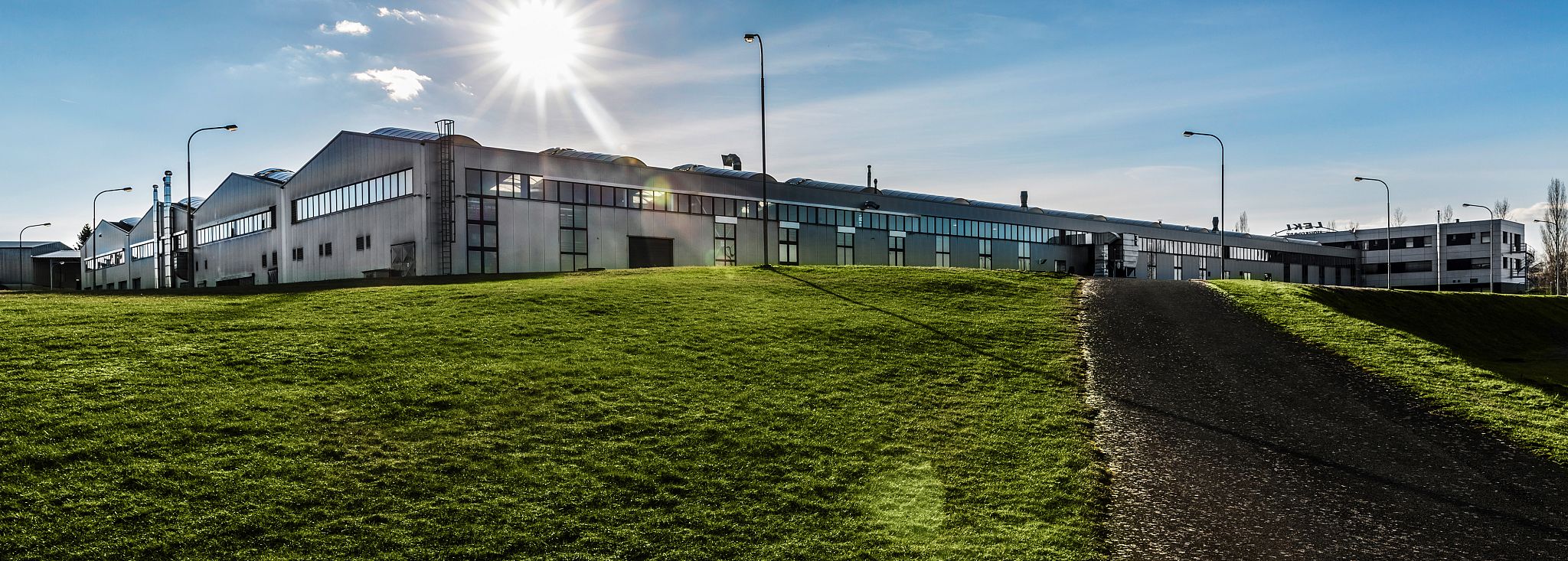MADE IN EUROPE
The majority of LEKI products are manufactured in our factory in the Czech Republic. This way, we can control the production stages and ensure the unique quality of LEKI’s products. Our best-selling products are manufactured here in our own factory. During the entire production process, LEKI consistently pursues the path of optimizing workflows and enhancing the entire value chain. We rely on our many years of experience and the passion and dedication of our employees. In recent years, LEKI has made massive technical investments in the future of all its production processes and relies on the most modern, state-of-the-art production facilities. This means achieving the highest standards in occupational safety, energy efficiency and environmental compatibility.
Wherever economically possible, LEKI uses the heat generated during the production process to heat our production areas, saving energy. In this way, the warm exhaust air from our compressed air systems is also sustainably used to control the temperature of the production rooms in the adjacent locations. The filter systems in our plants are also equipped with intelligent control technology, which uses the thermal energy in the extracted air and feeds it back into the newly extracted air. This enables us to achieve energy savings of up to 50 percent in the colder seasons. Wherever, due to technological requirements, it is still necessary to use solvents in the production process, these solvents are captured, collected and then purified and treated in a special plant, so that they can be used again for cleaning purposes.


